Funnels have been a focal sales strategy for decades while inbound marketing has replaced many businesses sales efforts. Both are often used to gain visibility on the web and do take time to generate good results.
The question is
“How to map funnels to your inbound marketing strategy?”
![How to Map Funnels to Your Inbound Marketing Strategy [#VisualInbound]](https://visualcontenting.com/wp-content/uploads/2015/08/How-to-Map-Funnels-to-Your-Inbound-Marketing-Strategy-VisualInbound.png)
1. Start with your personas; they should be the main reason of your inbound marketing strategy
The more targeted and relevant your content is, the bigger impact it will have on readers. Have a meeting with your entire department, especially the sales department, and get their input on creating accurate and in-depth persona profiles.
Be proactive about getting everyone in your business to help with the ideas and feedback in the strategy you would like to use.
2. Using content as a funnel is the best and easiest system that will generate larger volumes of traffic and give you the opportunity to easily filter audiences
Landing pages can also be used to funnel, asking basic information. Because most people will not just hand over information, so make them an offer. Give them a whitepaper or research report.
If you use a product as an offer, ask them for a testimonial or copy, it helps promote the product and shows others the value.
You can save yourself time using funnels. Before working on your content strategy, you should understand each stage of the marketing funnel. Realize problems and needs, do research, establish buying importance and evaluate vendors.
3. Understand each stage of your marketing funnel
The very top of the funnel is the goal to get people to your website.
This will be your blog. It will be used to fuel your content. In time, it will be the largest thing to drive traffic to your website and it will be your company’s biggest asset.
Second is the Top Funnel.
At this stage, your lead is seeing problems and is doing research to see what solutions are out there for them. This should be your introductory level as the lead will have many questions and concerns. Things like e-books, research guides and reports will be effective in helping them decide.
Third is the Middle Funnel.
Your lead has now determined they do have a problem. You should now educate them on what they need in a good solution. You should also try to keep all information educational with little to no mention of sales. Try including white papers, webinars and detailed guides to help them. The middle of the funnel filters the results, requires attention and setup but is effective at filtering out inbound leads.
The last stage in the funnel is the Bottom.
This will be the decision stage where the lead has to decide which company will help her the most. Some good examples to provide the lead now would be product demos, free trials, case studies and detailed product information.
The lead that is considered a SQL (Sales Qualified Lead) will be passed over to the sales team.
4. Once you have your funnel completed, you should try to work on how to get SEO into the mix
Start using keywords and search tools to find the best titles and copy to add to your content to make being found by those searching online easier.
Revisit your persona and content strategy map often to be able to provide new information and ideas. Remember to get everyone in your organization involved and have them provide ideas and feedback on your ideas.
And remember, your main focus should be to educate and inform your customers.
Top Picks this Week from Visual Contenting
Each week, we sort through the huge pile of latest news in visual inbound marketing, social media and technology and select the most trending, informative pieces for you.
And here is visual inbound issue of this week:
Visual Marketing & Social Media
How to get started with #InboundMarketing in 2015 http://t.co/JxjgCRiaTJ @colibritool @VContenting #growthhacking pic.twitter.com/7buPZuKaf6
— THE SEEN (@Infographicb2b) August 12, 2015
3 Types Of Content That People Love To Share On #SocialMedia [#Infographic]… http://t.co/CqACxa0xTn pic.twitter.com/Y85Ge5IkS9 — THE SEEN (@Infographicb2b) August 4, 2015
Why Should You Incorporate Video Marketing into Your Inbound Strategy? [#VisualInbound] http://t.co/K3OHACxTAW pic.twitter.com/MKT8TugQfY
— THE SEEN (@Infographicb2b) August 4, 2015
26 Creative #Tips and #Tools for #SocialMedia #Marketers http://t.co/pp5MiolVUl @SMExaminer @Mike_Stelzner… pic.twitter.com/D6Ix78NYQO — THE SEEN (@Infographicb2b) August 10, 2015
21 Best #GrowthHacker #Resources @VContenting @OptiMonk1 http://t.co/AdQhphOIo3 #growthhacking #growthmindset… pic.twitter.com/vhaTPOZbi3
— THE SEEN (@Infographicb2b) August 5, 2015
The #Ultimate #ContentMarketing #Tools #List http://t.co/wnXpvkUgN1 @kimgarst @VContenting #marketingtools… pic.twitter.com/D7UyYhqUlT — THE SEEN (@Infographicb2b) August 10, 2015
Related Posts
Every brand has its own story that is waiting to be told. Storytelling technique combined with creative design is what you need to effectively tell this story.
It’s what we do at Visual Contenting.
We specialize ourselves in helping people and brands visually tell their stories to the right target audience, with the right messages and at the right time.
It’s time to TELL YOUR STORIES WITH PICTURES!!!
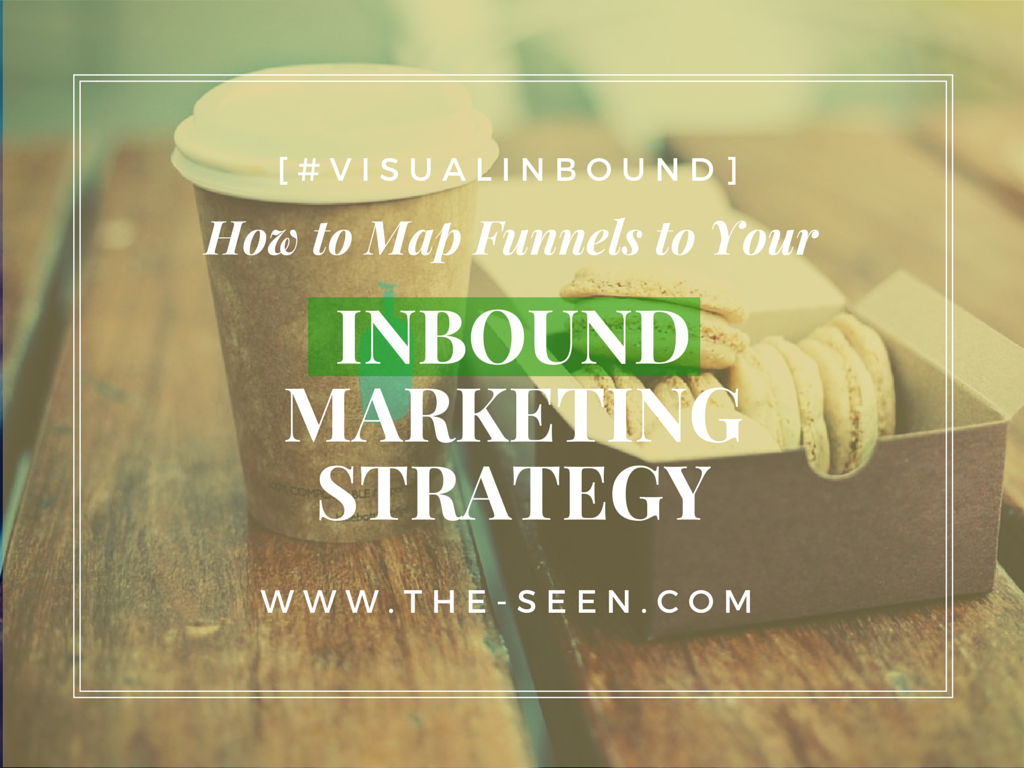
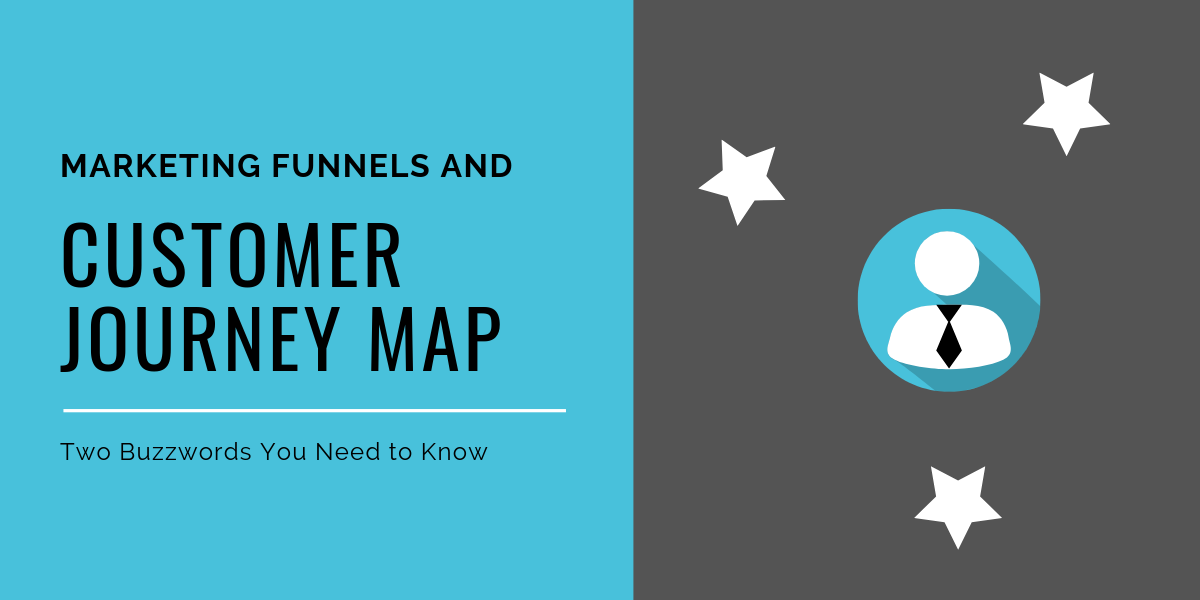
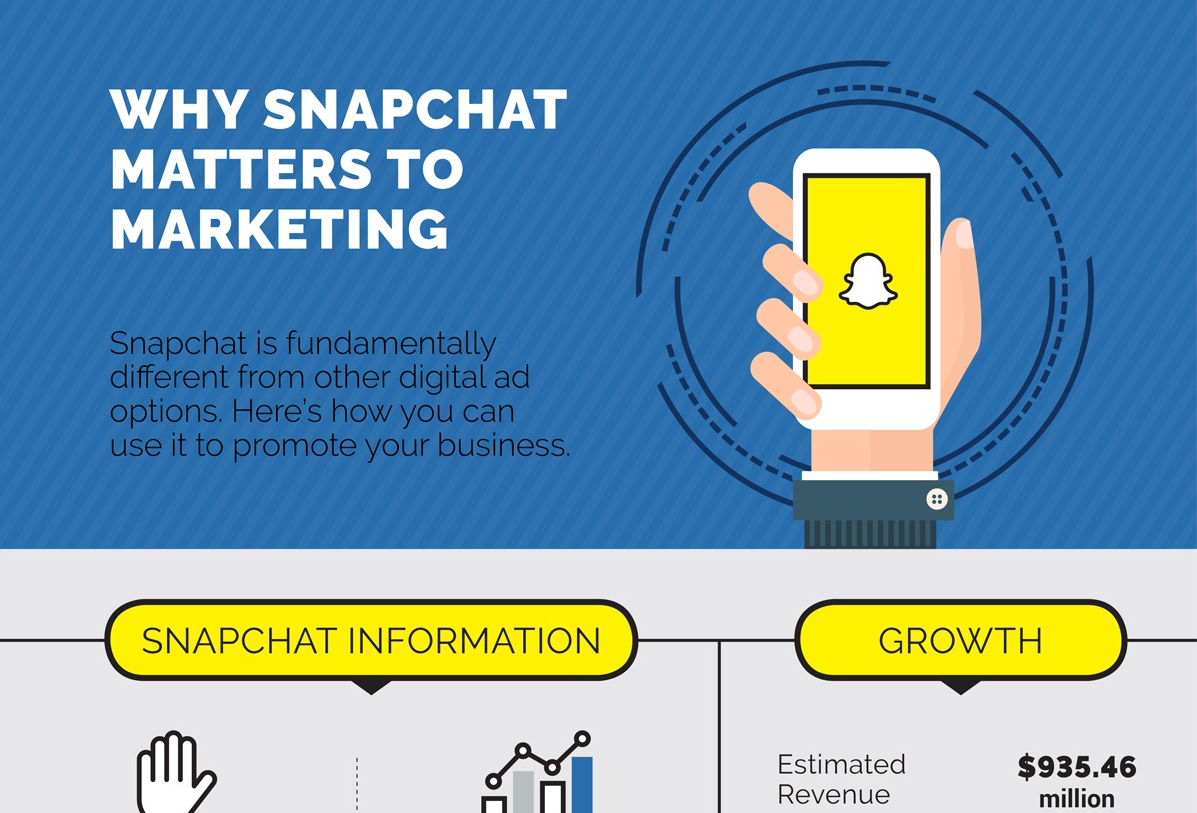
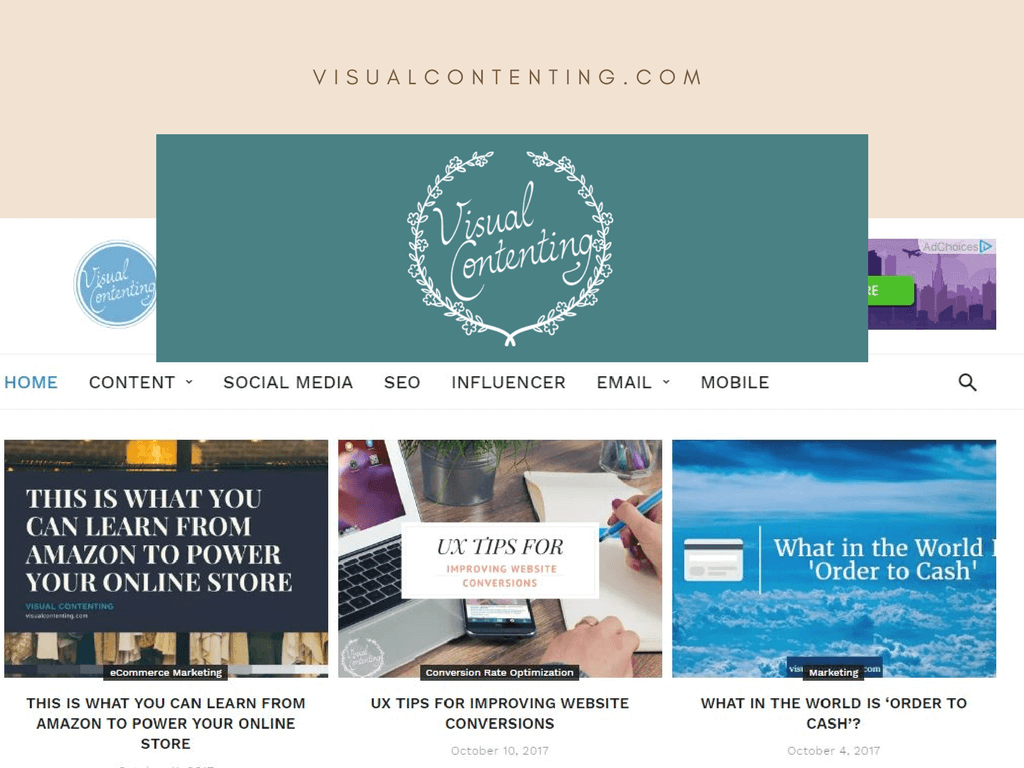
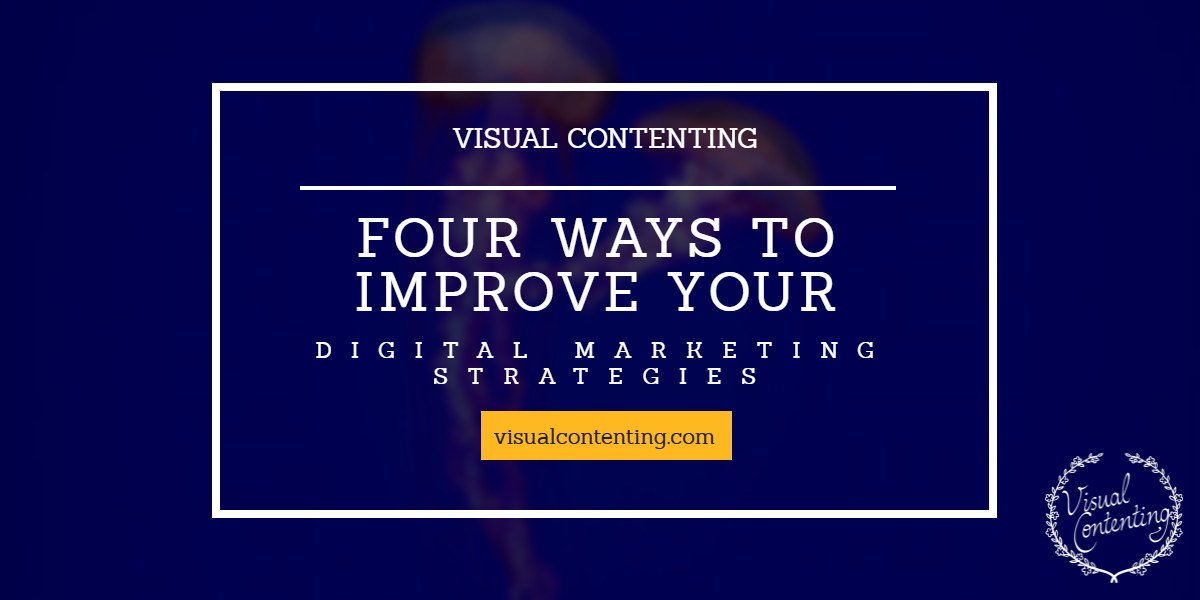
[…] How to Map Funnels to Your Inbound Marketing Strategy […]